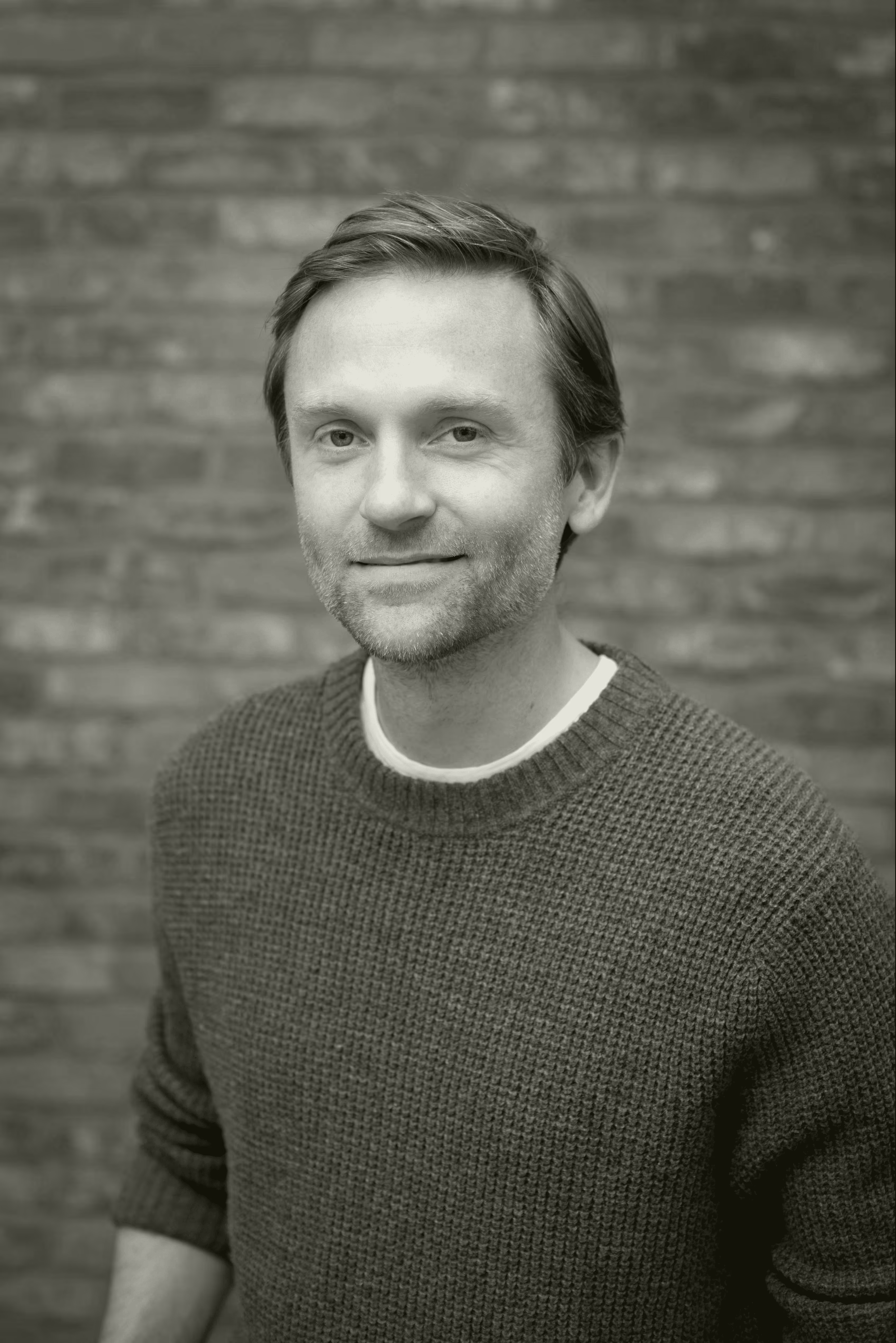Investing in Emma
Investing in Emma

Why I invested and why I need to tell you…
Today, Emma announced their $2.5m seed round led by Connect Ventures.
I’m super pumped to be working with Edoardo and Antonio — two of the most focused, obsessed and resilient founders I’ve been lucky enough to know.
I could say lots more brilliant things about the founders, the product and the metrics but that’s not the reason I’m writing this.
I’m writing this to learn and hold myself accountable.
At Connect our entire investment approach is built around low volume + high conviction + high support. My partners and I each invest in 2–3 companies per year and work closely with each of them over time. We think this is the most fun and effective way to operate, both for us and the founders we invest in, but it also requires a high degree of conviction when there are so many amazing founders and opportunities in the market.
Connect = low volume + high conviction + high support
Startup investing is perhaps one of the worst learning environments possible — dictated by long feedback loops and relatively few data points. VC’s love to post rationalise and often suffer extreme hindsight / narrative bias.
This fact, combined with our low volume + high conviction approach to seed investing, makes it even more important for me to be clear on my thesis and decision process from the outset. We’re always super clear on this within our own partnership discussions, but there’s no better way to learn and hold myself accountable than also putting this thought process out in the open. There’s no hiding from it and there’s less potential for post-rationalising.
The reason I invested in Emma is because I see neobanks as just the beginning of the revolution that will take place in our personal finance lives. Neobanks are still banks. Their vertically integrated business models will use current accounts as a loss leader to sell more and more of their own financial products and services. This is ok and I’m grateful for the superior product experience — I’m an avid user myself. But I believe the future could look quite different.
Whenever an industry is rebuilt with software, the moats and distribution models are likely to shift. I believe open banking creates an opportunity for vertically integrated monopolies to be superseded by horizontal products and platforms. In personal finance, a horizontal product would be something that works to help me make the best financial decisions available— it would be always-on and always independent. It would sit between me, my financial data and the increasing long tail of financial products and services available in the market.
Vertically integrated monopolies superseded by horizontal products and platforms.
When we make a new investment at Connect, part of our internal investment memo is what we call the “champion view”. This is where I (attempt to) convey my thesis to my partners. I’ve copied this part of the Emma investment memo below — word for word in it’s original format.
I welcome your feedback and also look forward to re-reading and learning from it in the future. 🤓
Overview: Emma is a financial advocate that helps people budget, track and save their money.
Vision: “We are on a mission to empower millions of individuals to live a better and more fulfilling financial life.”
Champion view:
Thesis — financial education and empowerment for the masses
Banking has always been about bundling core infrastructure (payments and secure storage) with services (financial products and advice). The infrastructure was the acquisition tool that gave banks the consumer trust and distribution to provide services.
The trust and distribution model for banks historically was people and branches. People and branches are now being replaced by software. And regulation is driving a wedge between the infrastructure layer and the services. Banks are literally being forced to unbundle their offering.
None of the above is new observation but it is the starting point for the Emma investment thesis…
Software is the new trust and distribution layer. And open banking gives any user the ability to share their data with any software provider. This creates the opportunity for a new (independent) software intermediary to exist between consumers and providers of financial services. Consumer choice does exist today (in the form of comparison tools) but these intermediaries weren’t built in an era where they had full access to a consumer’s financial life. This new era creates an opportunity for the best software to win and rebuild distribution.
Emma has started by building best of breed PFM tools. This is the entry point to build consumer trust, engagement and, importantly, the most holistic view of a user’s financial life that has ever existed (Emma knows more about me after 3 months than my primary bank does after 20 years). Emma’s reinforcing flywheel will be:
better product more engagement more data <-> more trust
There is no equivalent today for the role that Emma can play in future. This is not about building a better PFM versus 10 years ago. This is about building a new category of tool that uses software to scale the very best financial analysis, advice and support to the mass market.



